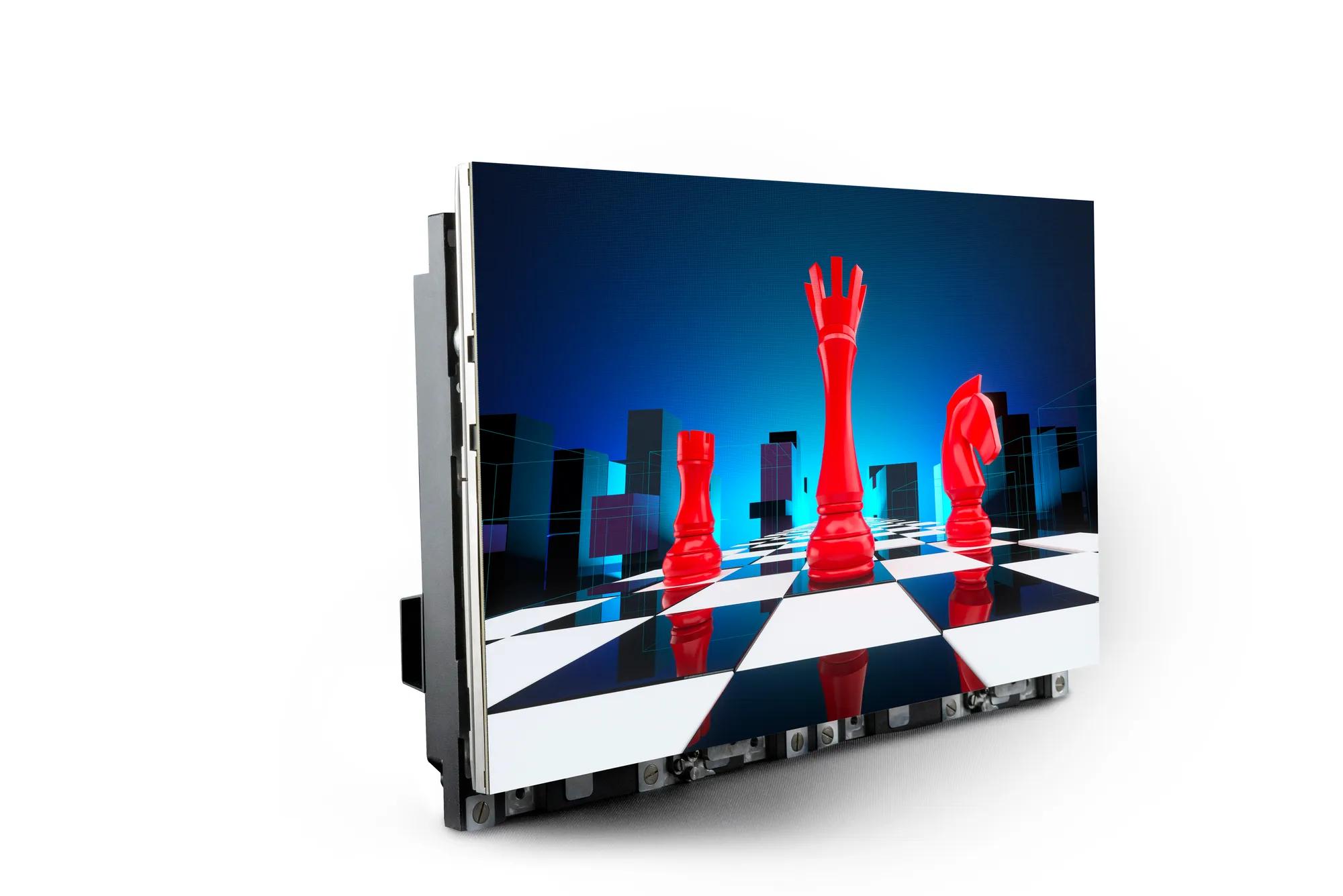Exploring the Key Factors That Influence Hue Consistency in LED Panel Panels for Optimal Display Performance
Exploring the Key Factors That Influence Hue Consistency in LED Panel Panels for Optimal Display Performance
Blog Article
Color consistency in light-emitting diode wall panels is essential for achieving maximum optical performance. LED wall screens are commonly used in various settings, including concerts, meetings, and promotional showcases. When the colors on these screens are uniform, they create a more engaging and immersive experience for audiences. Several critical elements affect hue uniformity, including the quality of the LED components, tuning processes, and environmental factors.
The caliber of the light-emitting diode elements plays a major role in hue uniformity. Various types of LEDs emit light at varying frequencies, which can affect the overall color result. Premium light-emitting diodes are designed to produce a more consistent light range, leading in improved color precision. Additionally, the production method of these light-emitting diodes can affect their functionality. Screens made with high-grade materials and techniques tend to have fewer color variations, ensuring that the shown images and footage look vibrant and true to life.
Calibration is another essential element in preserving color consistency in light-emitting diode wall screens. Calibration entails modifying the configurations of the screen to ensure that the colors shown align the desired design. This procedure can include adjusting brightness, contrast, and hue equilibrium. Frequent tuning is necessary, especially in environments where illumination factors change frequently. By tuning the screens, technicians can correct any discrepancies in hue result, leading to a more uniform observing encounter.
Environmental conditions also influence hue consistency in LED wall panels. Factors such as ambient light, temperature, and moisture can affect how hues are seen. For example, bright ambient light can wash out hues, making them look more vibrant. Similarly, extreme temperatures can influence the functionality of the LEDs, resulting to color changes. To mitigate these problems, it is crucial to place LED see this website wall panels in controlled settings where illumination and heat can be managed effectively.
Finally, the design and arrangement of the light-emitting diode wall screens can affect color uniformity. The configuration of the screens, as well as the distance from which they are observed, can create differences in color perception. When screens are arranged too distant apart or at different angles, viewers may detect discrepancies in hue. To achieve the best visual performance, it is crucial to take into account the positioning and arrangement of the panels during installation. By addressing these elements, users can guarantee that their LED wall screens provide a uniform and superior optical experience.
